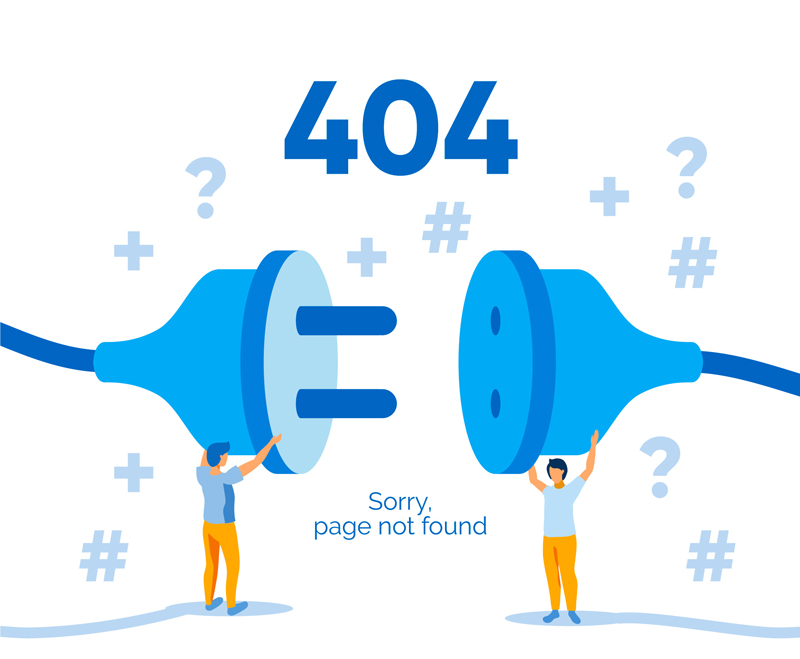
Author
-

Intern Timothy Banderson is an enthusiastic researcher. Currently, he is gaining a master’s degree, at the Pacific University of Oregon, in Biology. He researches the effects of a high range of psychoactive supplements: from harmless ( coffee) to harmful ( cocaine). Also, Timothy Banderson is working as a COO of startup “Resob”, a fact-checker app for medical students. “Resob” will allow students to observe research from a scientific point of view: are they relevant, outdated, and trustworthy.
View all posts